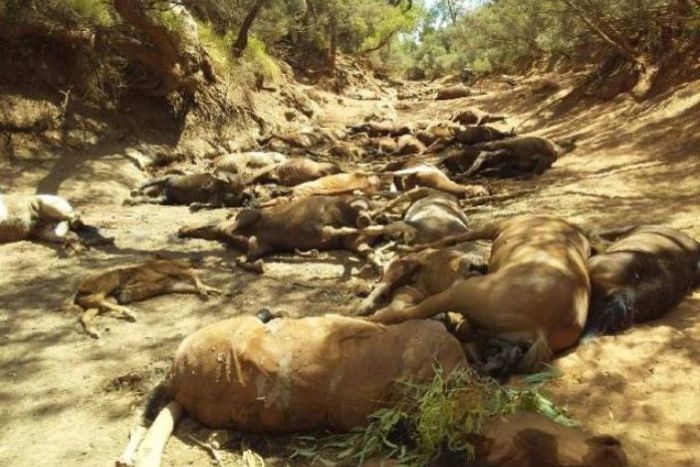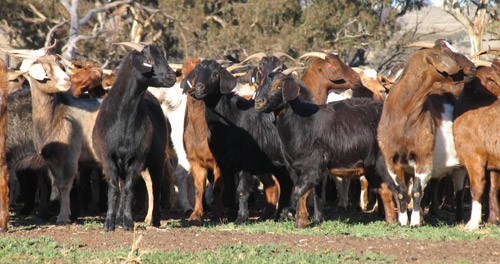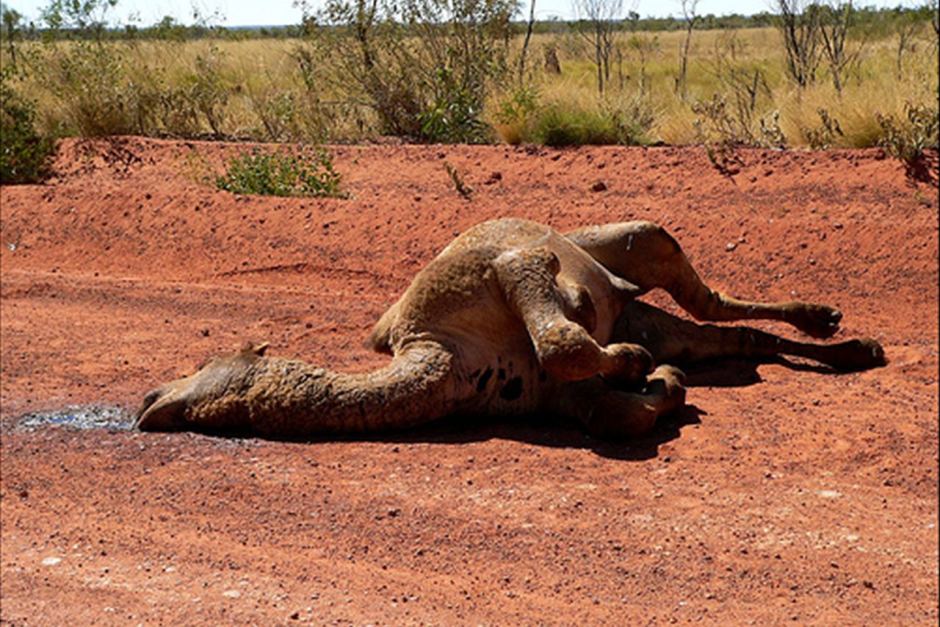
As hunters and outdoorsman, we are well aware of the usefulness of feral and game animal meat. When big culls take place anyone that utilises these feral resources cry at the wastage.
Many introduced animals in Australia have adapted remarkably well and in many cases thrive better than where they have originated.
Justin Perry from the CSIRO spoke to the ABC about how we can utilise these feral animals and at the same time reduce the pressure they are causing where their numbers are out of control.
Many species are simply too resilient and have spread across much of the country, meaning any attempt would likely be a costly failure.
But even if eradication were possible, there are some who would likely stand opposed to the idea but offer no solutions or alternatives.
Those competing tensions were laid bare this week, as almost 100 brumbies were found dead in a Central Australian waterhole.
When another 120 dying donkeys, horses and camels were found outside another community a week later, some opposed a planned cull.
Territory-based pest controller Stuart Barker believes marrying up economic interests with ecological ones could pave a path forward.
His idea is to create an environmentally oriented export market, using revenue from the export of feral animal meat to keep its population at the lowest sustainable level.
It would also put authorities in a better position to detect a biosecurity threat, which he said currently could go unrecognised for months in feral populations and cost billions to eradicate.
Justin Perry beleives “it can be done”.
Feral animal export for environmental gain had been attempted before and he wanted to ensure he didn’t meet the same pitfalls as others.
Lately, he focussed his attention on better understanding pig population dynamics to give the venture a better chance of success.
“It has to be very thoughtfully done, there has to be a market incentive for the other [ecological] side of the story,” he said.
In his opinion, fresh ideas for managing feral populations were crucial, given many would be almost impossible to eradicate.
“If you talk to anyone that does research, eradication is not possible for some species,” he said.
“It’s almost impossible to control pigs for example, due to their population dynamics.”
On the other hand, he said some species like buffalo could be eradicated if a lot of money went into it, but people did not want to lose the iconic species.
Asked how those social values could be balanced with environmental ones, he said, “we’re still grappling with it”.

Australia has become the world’s largest goat exporter on the back of its feral populations, according to the CSIRO.
Mr Perry said it proved there was certainly a market for feral animals.
But he said goat harvesters had not yet managed to pair their commercial successes with ecological ones.
But he was hopeful that a well-thought-out export market could satisfy cultural, economic and environmental interests.
“Personally, I’m very interested in it,” he said.
“There’s a fantastic opportunity in it, if we can think through the complexities.”
Stuart Barker too often sees a “passion for hunting” mistaken for effective feral animal management.
It’s one of many disconnects he has noted between conservation principles and techniques used on the ground during his 30 years as a pest controller at Humpty Doo.
Many culling programs, for example, he said failed to adequately reduce numbers because the starting population was unknown.
Many researchers, on the other hand, failed to consider whether their plans were feasible at scale.
Like Mr Perry, he believed some of his concerns could be relieved by building an industry around the harvesting of feral species, if revenue was then used to better manage the populations.
He also pointed out it would give people a better chance of detecting a biosecurity threat — which he said could easily go unrecognised for months at the moment as feral populations were so uncontrolled.
“At least you’ve got some control over the populations then,” Mr Barker said.
“And if there was an exotic disease outbreak you’re already a couple of steps up the ladder because you’ve got management of some areas.”


0 Comments